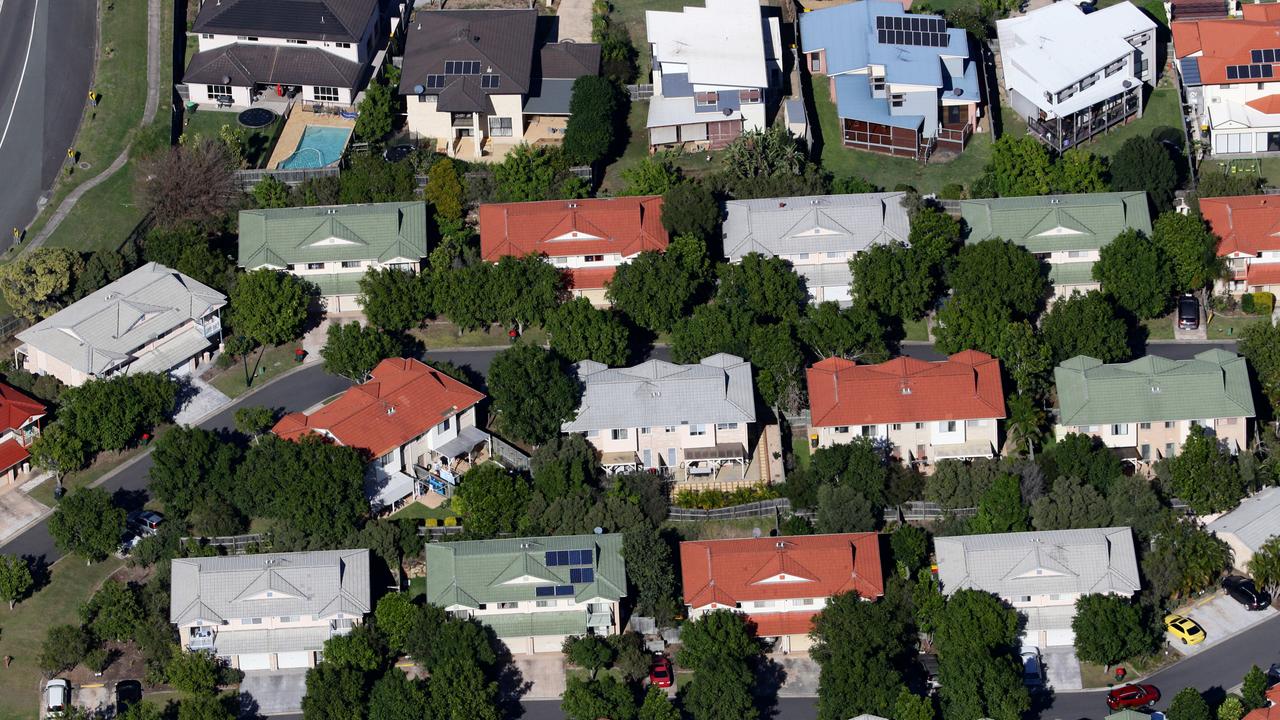New bushfire warning for all Aussie homes
Experts are urging those living in regional Australia and capital cities to urgently take these crucial steps to protect their family and homes ahead of the looming bushfire season.
Bushfire season is already underway across much of the country and it’s not just regional Australians who are at risk. Experts are urging all Australians to make a bushfire survival plan now – even those living in the capital cities.
FIRE RISK THIS YEAR
A change in weather pattern from La Nina to El Nino has been tipped to bring hot, dry and windy weather following three years of wet weather in many parts of Australia.
Fire Rescue Victoria’s Commissioner, Gavin Freeman AFSM says this transition is happening as more Australians move to regional areas.
“Climate change is contributing to bushfires occurring more often and causing more damage,” he says. “For spring 2023, increased risk of bushfire has been identified for large areas of the Northern Territory, Queensland and New South Wales, as well as regions in Victoria and South Australia.

“We have already seen an early start to the fire season, so my message is don’t wait for summer – take steps now to make sure your family is ready.”
RFS NSW spokeswoman Angela Burford says grassland areas in the Central West and Northwest regions of NSW as well as bushland regions of the Hunter, Central Coast and Northern beaches of Sydney are cause for concern.
“We’ve seen prolific growth in both grassland and bushland areas across the state,” Ms Burford says.
She says all Aussies, whether living in the country or city, should have a bushfire survival plan. Her warning follows a recent fire in Bega in southern NSW, where travelling embers meant flames spread rapidly.

“There’s a misconception that you only need to be prepared if you live right on an interface for bushland,” she says. “When we have strong enough winds they can push up embers which can travel a number of kilometres ahead of the fire front and start spot fires.”
Grass fires pose a big risk in Queensland following the start of the state’s fire season in August, RFS QLD Chief Superintendent Tony Johnstone says.
“We’ve already had a number of fires,” Mr Johnstone says, adding that people living in urban environments can be impacted by smoke plumes as well as localised fires during bushfire season.
MAKE A BUSHFIRE SURVIVAL PLAN
There is no one size fits all approach when it comes to creating a bushfire survival plan.
“You need to create a plan that you understand that’s going to work for you,” Mr Johnstone says.

Each state’s fire authority provides an online tool to help you decide what you will do in the case of a bushfire, including whether you leave early or stay to defend your property.
“What is your trigger? When are you going and what’s going to happen,” Mr Johnstone says. “Actually test that survival plan.”
Having a plan B is also important, Ms Burford says.
“It’s easy to have a plan in place assuming the kids are at school, but if you’re on school holidays, do the children also know what to do at home? What are they taking with them?” she says. “We don’t want people to leave these decisions until it’s too late.”
The same can be said for holiday makers. If you are travelling to a bushfire prone region, it is wise to have a survival plan, she says.

TUNE IN FOR FIRE RISK
Fire authorities across the states and territories provide up to date information around current and expected fire risks through their websites and social media channels.
There are also state-based bushfire information lines as well as emergency alert apps.
It’s important to stay up to date and know exactly what each of the fire safety ratings mean, says Ms Burford. If your plan is to leave and you see the next day has extreme fire danger warnings, this could be a trigger to leave early in the morning.
“If you put a Bushfire Survival plan in place a few years ago, that’s good, but a lot has changed, particularly over the last year with the rollout of the new Australian Fire Danger Rating System, as well as slight changes in terms of the colour of the icons for the alert levels,” she says.

KEEP YOUR HOME FIRE SAFE
Families across the country should take steps to ensure their properties are fire safe throughout bushfire season, says Mr Freeman.
“Fire risk should be assessed before and throughout the fire season,” he says.
“If you live in a high-risk bushfire area, it is critical to start getting ready and complete any necessary fire prevention works around your properties.”
Maintenance that should be done includes clearing the gutters, keeping the garden tidy and free of debris, cutting back trees and shrubs that hang over the property and checking your smoke alarms work.
You can also install fine metal mesh screens on windows and doors, enclose the areas under the house and install sprinkler systems on the gutters.

“Dangerous fires are already happening,” he says. “I encourage Australians to take action now and use this time before the weather heats up even more in the summer.
“There really isn’t a moment to waste when it comes to protecting you and your family.”
Originally published as New bushfire warning for all Aussie homes




